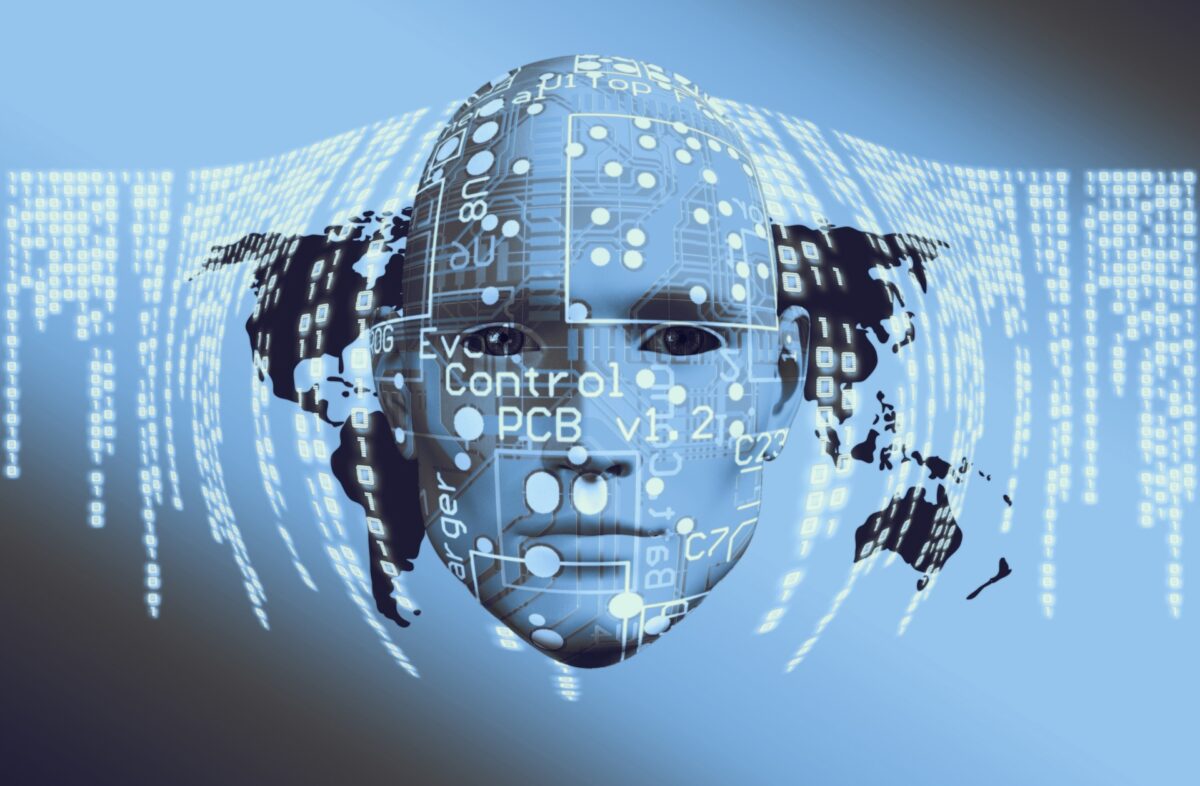While most of you probably already heard of Artificial Intelligence (AI), how many of you heard of tiny AI?
Traditional AI is facing challenges
Researchers are trying to build more powerful algorithms, by using ever greater amounts of data and computing power. The current way of running AI is relying on centralized cloud services. This method generates two kinds of problems, (1) the rapidly increasing amount of carbon emissions generated through the developing use of AI and (2) the limitation in speed and privacy of AI applications.
The emerge of tiny AI
Tiny AI describes the idea of running powerful AI algorithms on your smartphones (or any mobile device). Therefore, tiny AI does not need to interact with centralized cloud services to make the users benefit from the latest AI-driven advances. This does not only decrease the carbon emission when using tiny AI but also helps to benefit from the full potential of the AI features without limits to speed or privacy. And the trend of tiny AI is supported by two crucial developments: (1) new generations of AI chips can store more computational power into tighter spaces, making it easier to increase the computational power of devices like smartphones and tablets. (2) AI can be trained and run on far less energy thanks to the improved chips, making it more feasible to offer the technology on smartphones and tablets. (3) Researchers are rapidly advancing with the possibilities to shrink deep-learning models without losing their capabilities, requiring less computing power, therefore also making an inclusion into smartphones possible.
The current status of tiny AI
Right now, the most common smartphone providers, Google and Apple, already make use of tiny AI. While Apple, with its iOS13, runs Siri’s speech recognition and its QuickType keyboard locally on the iPhone, Google’s Google Assistant is performing its actions without sending requests to a centralized server. Further players like Amazon and IBM are also working on solutions to offering tiny AI and its benefits to their customers.
Potential benefits of tiny AI
As previously explained, tiny AI could enhance the usage of AI-driven features through smartphones and tablets. Further, thanks to tiny AI and its decentralized approach, the increased usage of AI would (at least partially) not have a negative impact on the environment. While the users can benefit from their devices ‘automatically’ improving with every usage, there is no need anymore to be connected to a cloud every time a request is made on the phone. Voice assistants, autocorrect, and digital cameras can improve right on the device. The probably most important advance thanks to tiny AI is the improved privacy, since there is no continuous exchange of data between device and cloud anymore.
Challenges of tiny AI
Just as with any interesting technological development, there are not only benefits but also challenges that come with the emergence of tiny AI. The number of discriminatory algorithms could increase rapidly. Further, surveillance systems as well as the creation of deepfake videos could become harder to battle. However, those challenges are mostly the same as with ‘regular’ AI, and researchers are working on mitigations to reduce the risk of those potential challenges.
From my point of view, the emergence of tiny AI has a lot of benefits for the user itself. Smartphones and their scope of application increase, thanks to more powerful tiny AI algorithms paired with increased computing power and reduced energy consumption. The increase in privacy is another big plus, especially when it comes to the security of personal data not being shared with remote servers of big companies. Further, tiny AI has the potential to not only improve the capabilities of smartphones but in general of mobile devices used. Thinking of potential industries being impacted, healthcare comes to my mind. As in hospitals, they work a lot with tablets, the emergence of new AI chips paired with tiny AI can improve the usage of complex applications, or even increase the scope of applications available to doctors and nurses.
Now it’s your turn
What’s your take on this? Do you think the benefits overweight the challenges?
Source:
https://www.technologyreview.com/technology/tiny-ai/

